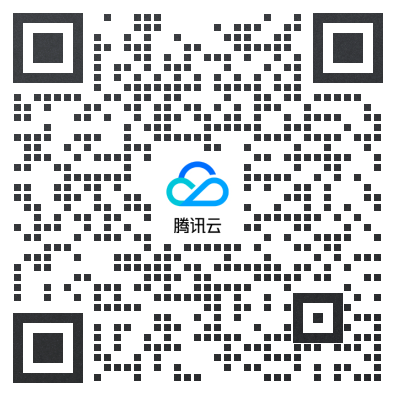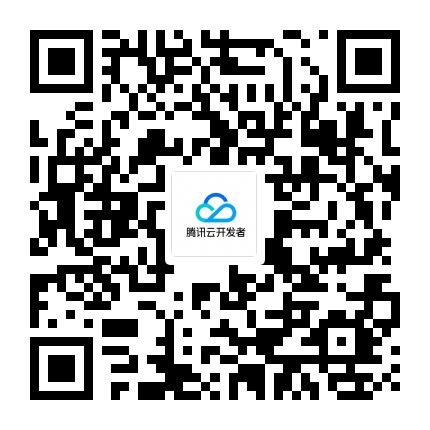randla-net
RandLA-Net是一种用于点云处理的网络架构,它是由加州大学洛杉矶分校的研究团队提出的。这种网络架构主要针对点云数据的处理,特别是在自动驾驶和机器人导航等领域中的应用。
基础概念
点云是由三维空间中的点组成的数据集,常用于表示物体的表面形状。RandLA-Net的核心思想是通过随机采样和局部特征聚合来有效地处理大规模点云数据。
相关优势
- 高效性:通过随机采样减少了计算量,使得网络能够快速处理大规模点云数据。
- 准确性:局部特征聚合机制有助于捕捉点云数据的局部结构信息,提高了分割和分类的准确性。
- 灵活性:网络设计允许它适应不同的点云密度和场景。
类型
RandLA-Net主要分为两种类型:
- RandLA-Net++:在原始RandLA-Net的基础上进行了改进,增强了网络的表达能力和鲁棒性。
应用场景
- 自动驾驶:用于车辆周围环境的感知和理解。
- 机器人导航:帮助机器人理解其工作环境并进行有效导航。
- 室内建模:用于室内空间的三维重建和物体识别。
遇到的问题及解决方法
问题:处理高密度点云时的计算效率低下。
原因:高密度点云包含大量数据点,直接处理会导致计算资源消耗过大。 解决方法:采用更高效的随机采样策略,减少参与计算的点数,同时保持点云的关键特征。
问题:在小物体或细节丰富的区域分割精度不足。
原因:局部特征聚合可能不足以捕捉到小物体或细节的特征。 解决方法:引入多尺度特征融合机制,使网络能够同时关注不同尺度的信息。
示例代码(Python)
以下是一个简化的RandLA-Net模型的构建示例,使用PyTorch框架:
import torch
import torch.nn as nn
from torch_geometric.nn import MessagePassing
from torch_geometric.utils import add_self_loops, degree
class RandLANetConv(MessagePassing):
def __init__(self, in_channels, out_channels):
super(RandLANetConv, self).__init__(aggr='add')
self.lin = nn.Linear(in_channels, out_channels)
def forward(self, x, edge_index):
edge_index, _ = add_self_loops(edge_index, num_nodes=x.size(0))
row, col = edge_index
deg = degree(row, x.size(0), dtype=x.dtype)
deg_inv_sqrt = deg.pow(-0.5)
norm = deg_inv_sqrt[row] * deg_inv_sqrt[col]
return self.propagate(edge_index, x=x, norm=norm)
def message(self, x_j, norm):
return norm.view(-1, 1) * self.lin(x_j)
class RandLANet(nn.Module):
def __init__(self, in_channels, hidden_channels, out_channels):
super(RandLANet, self).__init__()
self.conv1 = RandLANetConv(in_channels, hidden_channels)
self.conv2 = RandLANetConv(hidden_channels, out_channels)
def forward(self, x, edge_index):
x = self.conv1(x, edge_index)
x = F.relu(x)
x = F.dropout(x, p=0.5, training=self.training)
x = self.conv2(x, edge_index)
return x
# 示例使用
model = RandLANet(in_channels=3, hidden_channels=64, out_channels=10)这个示例展示了如何构建一个简单的RandLA-Net模型,并使用PyTorch Geometric库进行点云数据的处理。
相关·内容
扫码
添加站长 进交流群
领取专属 10元无门槛券
手把手带您无忧上云


 云服务器
云服务器 ICP备案
ICP备案 即时通信 IM
即时通信 IM 云直播
云直播 云点播
云点播
